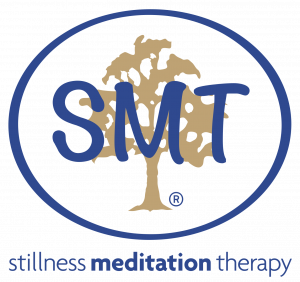Watch your life begin to flourish
This blog begins with a short Youtube video on homeostasis, which I hope will bring some laughter to an otherwise serious subject:
Now let’s get a little more real!
Homeostasis probably does mean all those things Dr Sheldon Cooper described. But, to put its meaning slightly less technically, homeostasis means equilibrium – the aim to achieve existential balance – so that living is relatively comfortable, spontaneous motion is easy and a sense of flow, as opposed to tension, is generally experienced. Equilibrium applies to our body and to our mind … in fact our entire being.
If we’re physically injured or unbalanced for some reason situations can become difficult to manage as natural flow is interfered with. Stairs and escalators present problems, crossing busy roads alerts danger, inclines or steep hills become more challenging and a sense of hesitancy replaces the ease of doing many of those everyday things that are usually taken for granted. Many physical conditions of a transient or permanent nature may lead to physical unbalance.
It stands to reason that if our nervous system is thrown off balance our emotional walk through life is similarly interfered with … and this brings me to the how and why of Stillness, the premier therapeutic meditation. Here’s the theory:
Stress in its many forms disturbs the easy functioning of the central nervous system. Generally, natural restorative mechanisms soon relieve these disturbances and homeostasis is re-established. If the effects of stress are prolonged or too intense or if the learned tension level is too dominant, homeostasis is less able to return and anxiety symptoms arise with a vengeance. To effectively restore homeostasis, deep mental rest is necessary. The answer to that level of rest which leads to effective homeostatic restoration can be found within the experience and practice of Stillness Meditation Therapy (SMT).
“… this procedure is much more than mental relaxation and it has clear differences from meditative practice as described by the practitioners of the more modern variants of meditation.” Extracted from The Wealth Within, (Ainslie Meares M.D., psychiatrist, author, poet and creator of SMT, Hill of Content Publishing, Melbourne, 1978).
My own books offer powerful personal and professional testimony of many years to Meares’ ground-breaking work (In Stillness Conquer Fear, Living Calm and Quiet Magic etc.) At the SMT Centre we can’t emphasize enough the importance of recognizing the unique value of this very different meditative approach to healing. Yet still the questions come!
In an attempt to short circuit some of those, here are a few tips to encourage you to take your first step:
-
SMT seems too simple to be true! Simplicity is natural – TRUST the natural
-
Most people need help to make those changes. Commit to accepting HELP
-
You can’t change established patterns overnight. Please allow TIME
-
Sometimes learning difficulties arise. ACCEPT these as part of natural healing
-
If we wish to succeed with anything new we must practice. You must PRACTICE
-
SMT deserves prioritization. Mental care is more important than dental care so honour your mind with that PRIORITY
-
If we wish to succeed with anything at all, we must be a little patient. PATIENCE COMES THROUGH PRACTICE!
-
If we begin the change and then give up we have lost an opportunity. You must PERSEVERE … and little by little, WATCH YOUR LIFE BEGIN TO FLOURISH
No one ever reached a mountain top without a guide, a strong support, some slipping and sliding and a restful break from time to time.
The mountains of life are just the same but largely influenced by the state of our mental homeostasis. So with guidance and support, understanding of the ups and downs and deep rest along the way, we can conquer almost anything. And as we calmly reach each stable plateau, there waiting with promise, is a fresh view to admire and a new phase of life to begin to live – in harmony, health and greater happiness.


Leave a Reply
Want to join the discussion?Feel free to contribute!